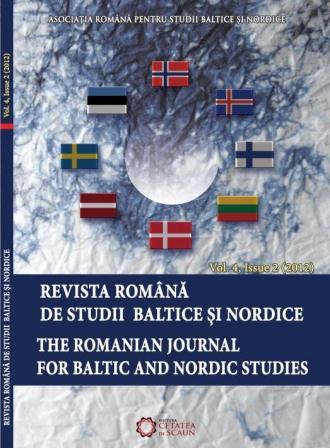Illegal education of Polish children in Independent Lithuania in the 1930s: circumstances and development trends
Illegal education of Polish children in Independent Lithuania in the 1930s: circumstances and development trends
Author(s): Saulius KaubrysSubject(s): History
Published by: Asociatia Romana pentru Studii Baltice si Nordice
Keywords: secret education of Polish children; “Pochodnia”; the Law on Primary Education of 1936
Summary/Abstract: The circular of the Minister of Education Konstantinas Šakenis on the amendment to the 1925 Law on Primary Education, dated August 6th 1927 and the 1936 Law on Primary Education created the precedent demanding that children of mixed families (only one parent of Lithuanian nationality) should be taught at Lithuanian schools. As a result of this demand, the need to evade this provision arose because the contingent of pupils in Polish schools suffered losses due to this restriction. Polish organisations (“Pochodnia”) seeking to compensate losses due to restriction of spread of Polish people started organising illegal (secret) Polish schools. To contain their activities, official authorities used the mechanism of punishment, which partly suppressed that process. Polish organisations changed the tactics of their activities in seeking to maintain vitality of secret schools. The analysis of contents of some financial sources shows that almost the same amount of funds was allocated to both legal and illegal schools (the case of 1937). Establishment of diplomatic relations between Lithuania and Poland in 1938 activated secret education of Polish children, developed it even to a greater extent, and enhanced self-confidence of secret teachers in doing their work.
Journal: Revista Română de Studii Baltice şi Nordice
- Issue Year: 4/2012
- Issue No: 2
- Page Range: 63-72
- Page Count: 10
- Language: English

